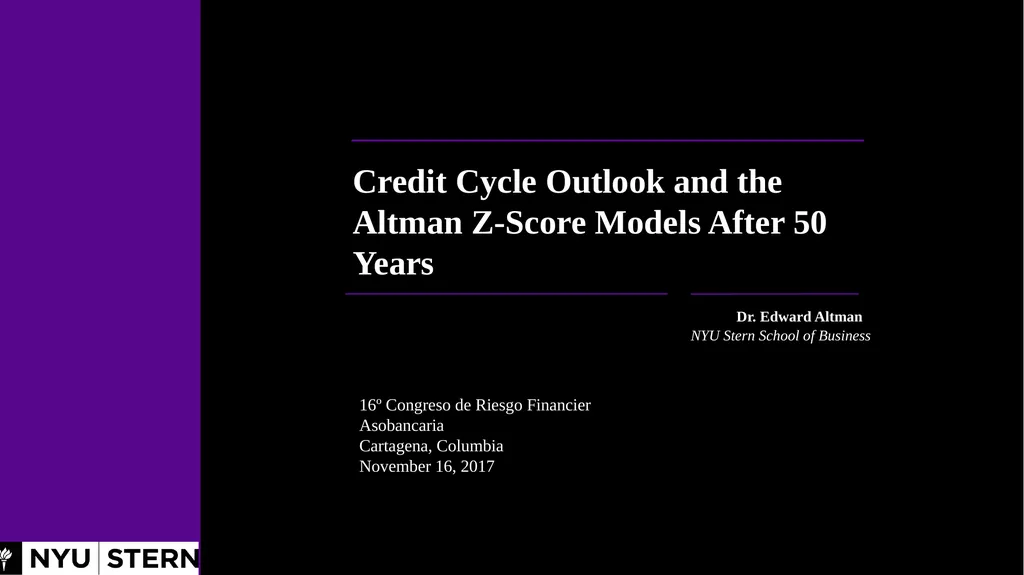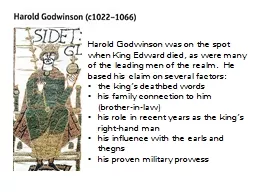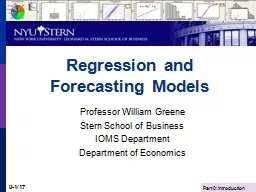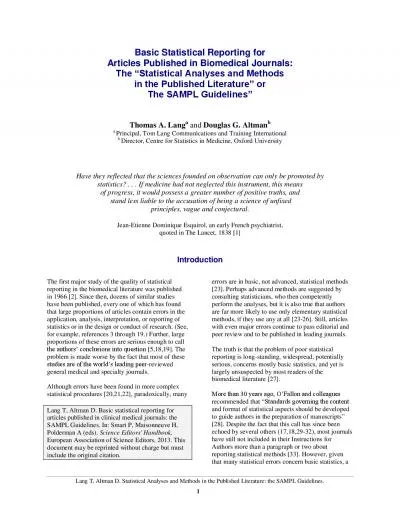
Author : trish-goza | Published Date : 2025-06-23
Description: 1 1 1 1 Dr. Edward Altman NYU Stern School of Business Credit Cycle Outlook and the Altman Z-Score Models After 50 Years 16º Congreso de Riesgo Financier Asobancaria Cartagena, Columbia November 16, 2017 2 50 Years of the Altman Family ofDownload Presentation The PPT/PDF document "" is the property of its rightful owner. Permission is granted to download and print the materials on this website for personal, non-commercial use only, and to display it on your personal computer provided you do not modify the materials and that you retain all copyright notices contained in the materials. By downloading content from our website, you accept the terms of this agreement.
Here is the link to download the presentation.
"1 1 1 1 Dr. Edward Altman NYU Stern School"The content belongs to its owner. You may download and print it for personal use, without modification, and keep all copyright notices. By downloading, you agree to these terms.













